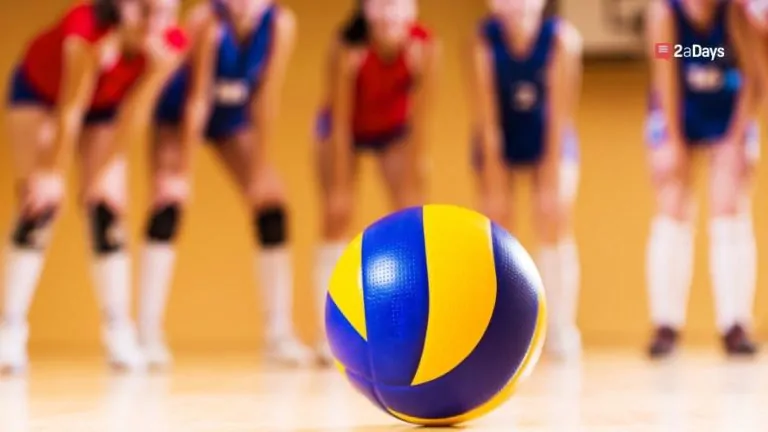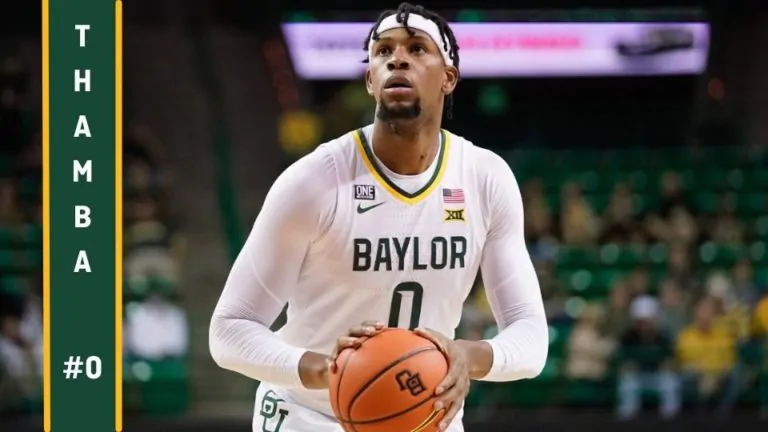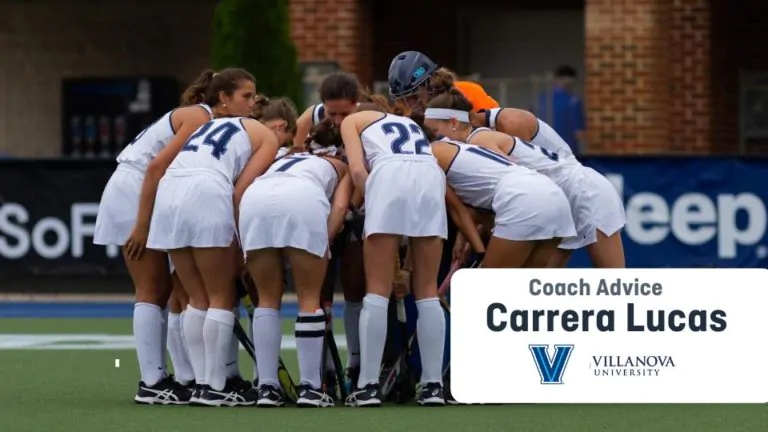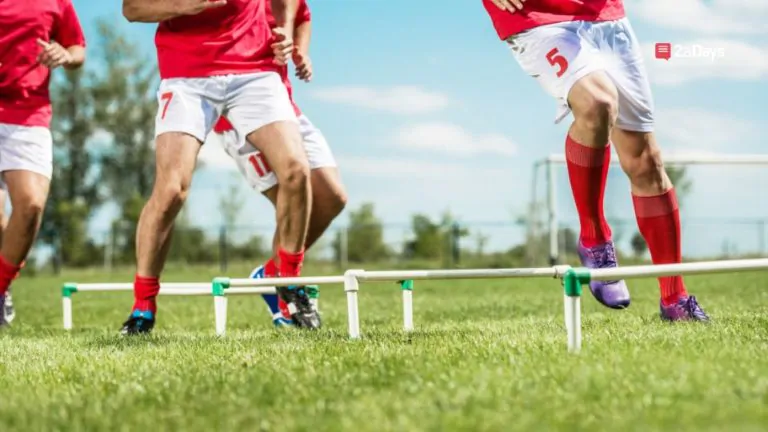Thinking of playing volleyball in college? Why not play at the NCAA level?
The NCAA governs around 1,200 schools where around 500,000 athletes compete across 24 different sports. According to their website, “Nearly half a million college athletes make up the 19,886 teams that send more than 57,661 participants to compete each year in the NCAA's 90 championships in 24 sports across 3 divisions.” That can make it really hard to choose which division you want to compete in, let alone which school. Hopefully, this info will help you out no matter what your collegiate goals are.
Related: NCAA vs NAIA
Differences between DI, DII, and DIII
The major characteristic that separates these three divisions is the way scholarships work. In the sport of volleyball, DI has a limit of 12 full scholarships per team, which they are not allowed to divide, meaning all players get either a full ride or nothing at all. However, some schools work around this by giving a “one-for-four” or a “two-for-four” scholarship, where athletes get a full ride for one year out of four or two out of four. This is so that schools are able to use their money to recruit more athletes as the scholarships are limited.
DII schools have a limit of 8 scholarships per team and at DIII there are no scholarships allowed. However, at the DIII level, around 80% of DIII athletes receive non-athletics aid either in the form of grants or need-based scholarships.
Related: 6 Tips to Get Recruited for Division I Volleyball
Within these divisions there is also a difference of competitive play. DI is the most competitive and hardest division to play and DIII is the least tough division to be in. However, all three divisions are very competitive and all have one goal: to win an NCAA title. Being part of a DI team means that you do not own your time and these teams focus more on your athletic performance than academics. When it comes to DII teams, academics and athletics tend to be more balanced and have a fair amount of time invested in each, which gives more liberty to the student athletes. DIII is a well-rounded college experience where academics are a priority but you still get the opportunity to play a competitive sport at the collegiate level.
Related: How to Stand Out to DI Coaches as a Men's Volleyball Player
Playing a collegiate sport, no matter the division, is very intense and competitive. Only a selected number of students are able to achieve this in any division as they have their own recruiting process to go through. If there is someone who is wishing to not play at any of these three divisions, universities offer clubs and intramural sports as well.
Have an idea for a story or a question you need answered? Want to set up an interview with us? Email us at [email protected]
* Originally published on May 2, 2022, by Lilia Farach







